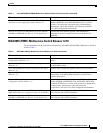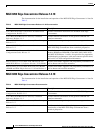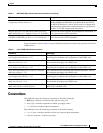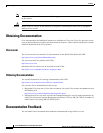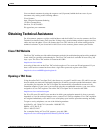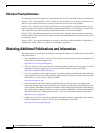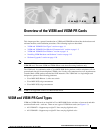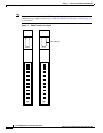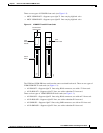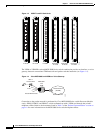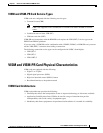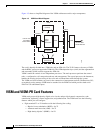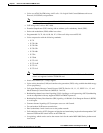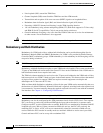
CHAPTER
1-1
Cisco VISM Installation and Configuration Guide
Release 3.0, Part Number OL-2521-01 Rev. D0, June 2004
1
Overview of the VISM and VISM-PR Cards
This chapter provides a general introduction to VISM and VISM-PR and describes the hardware and
software modules, and installation procedures. The following topics are described:
• “VISM and VISM-PR Card Types” section on page 1-1
• “VISM and VISM-PR Card Physical Characteristics” section on page 1-5
• “VISM and VISM-PR Card Features” section on page 1-6
• “Installing VISM Hardware and Software” section on page 1-13
• “Software Upgrades” section on page 1-20
Note The term VISM is used to refer to the product software—either for the VISM card or for the
VISM-PR card. The terms VISM and VISM-PR are used when discussing hardware only.
The VISM card, in combination with a Cisco MGX 8000 Series platform, enables telephone calls on
conventional time-division multiplexed (TDM) voice circuits to be transported over an Asynchronous
Transfer Mode (ATM) packet-switched and VoIP networks. The VISM card is a single height card
designed to operate in the following platforms:
• Cisco MGX 8850 Release 1, wide area switch
• Cisco MGX 8250, edge concentrator
• Cisco MGX 8230, edge concentrator
Note VISM is not supported on the Cisco MGX 8260 switch.
VISM and VISM-PR Card Types
VISM and VISM-PR cards are installed in Cisco MGX 8000 Series switches as front cards and their
associated back cards—card sets. There are two types of VISM front cards (see Figure 1-1):
• AX-VISM-8T1—Supports up to eight T1 lines carrying digitized voice
• AX-VISM-8E1—Supports up to eight E1 lines carrying digitized voice



